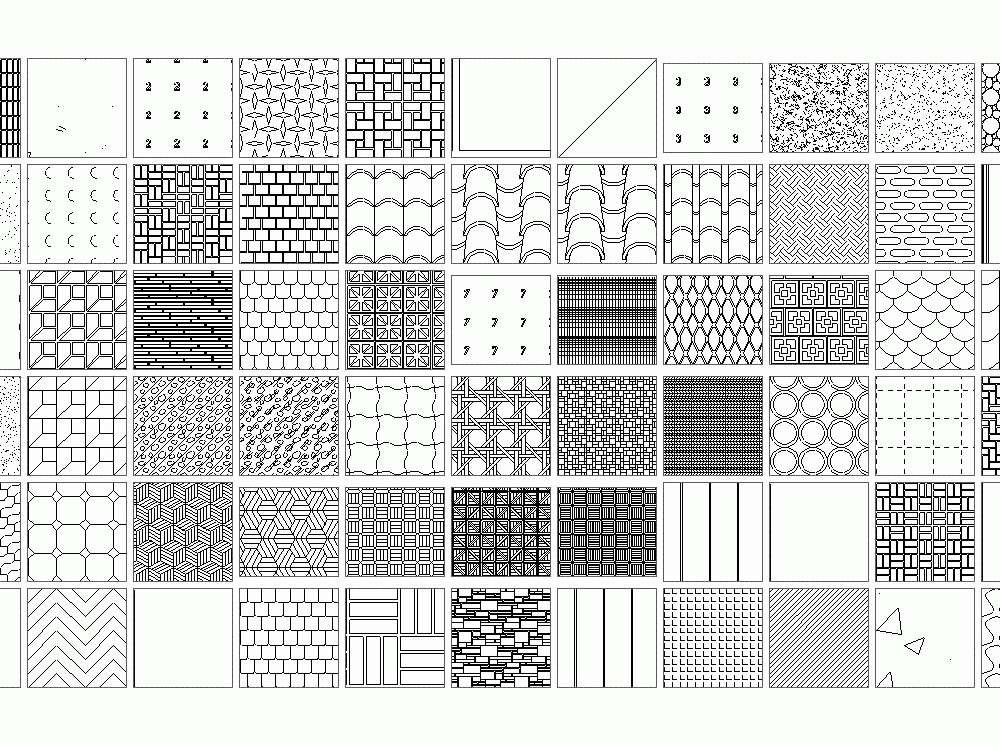

Open Revit > Create a Drafting View > Go to Annotate Tab > Hatch tool > In the Properties Pallette > Edit Type. Select the object face where you want to hide the surface hatch.

Entire Hatch Pattern Library (78Mb) Hatch Pattern Tutorial Hatch Pattern Index (10Mb). I am linking in details I drew in AutoCAD into Revit. To save the pattern to a project template open the template file and create the pattern there. This is easy enough, but almost an over kill. Go to the “Express Tools” tab > Draw panel > Super Hatch. A client recently asked me about rotating patterns in Revit.The Filled Region will contain a Fill Pattern imported from AutoCAD! Generally, to fill an area with a pattern hatches are used and there are plenty of ready-made hatch patterns available in AutoCAD but if you want to use your own Over free Autodesk Revit fill patterns to choose from.When applied to a Revit material they can be either 'Surface Patterns' or 'Cut Patterns'. The Filled Region will contain a Fill Pattern imported from AutoCAD! Extract it from the compressed package and paste it on the desktop. A transparent hatch is most readily experienced when using the Solid hatch pattern, although any pattern can be used.

Select the object for which you want to hide an individual surface hatch, then click tab Surface Hatch panel Add Override. PAT hatching pattern to a topography subregion.


 0 kommentar(er)
0 kommentar(er)
